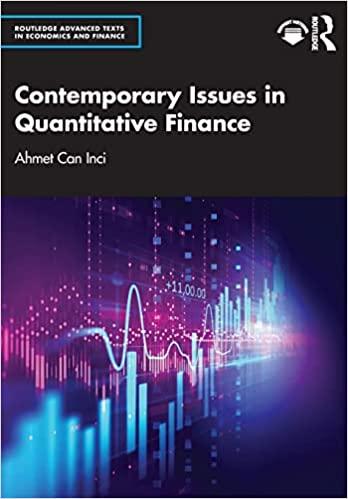Answered step by step
Verified Expert Solution
Question
1 Approved Answer
The single European currency, the euro, was adopted by 11 member nations on January 1 of what year? (Points : 1) 1984 1991 1999 2001
The single European currency, the euro, was adopted by 11 member nations on January 1 of what year? (Points : 1) 1984 1991 1999 2001
|
|
|
|
|
|
|
|
|
Step by Step Solution
There are 3 Steps involved in it
Step: 1

Get Instant Access to Expert-Tailored Solutions
See step-by-step solutions with expert insights and AI powered tools for academic success
Step: 2

Step: 3

Ace Your Homework with AI
Get the answers you need in no time with our AI-driven, step-by-step assistance
Get Started


